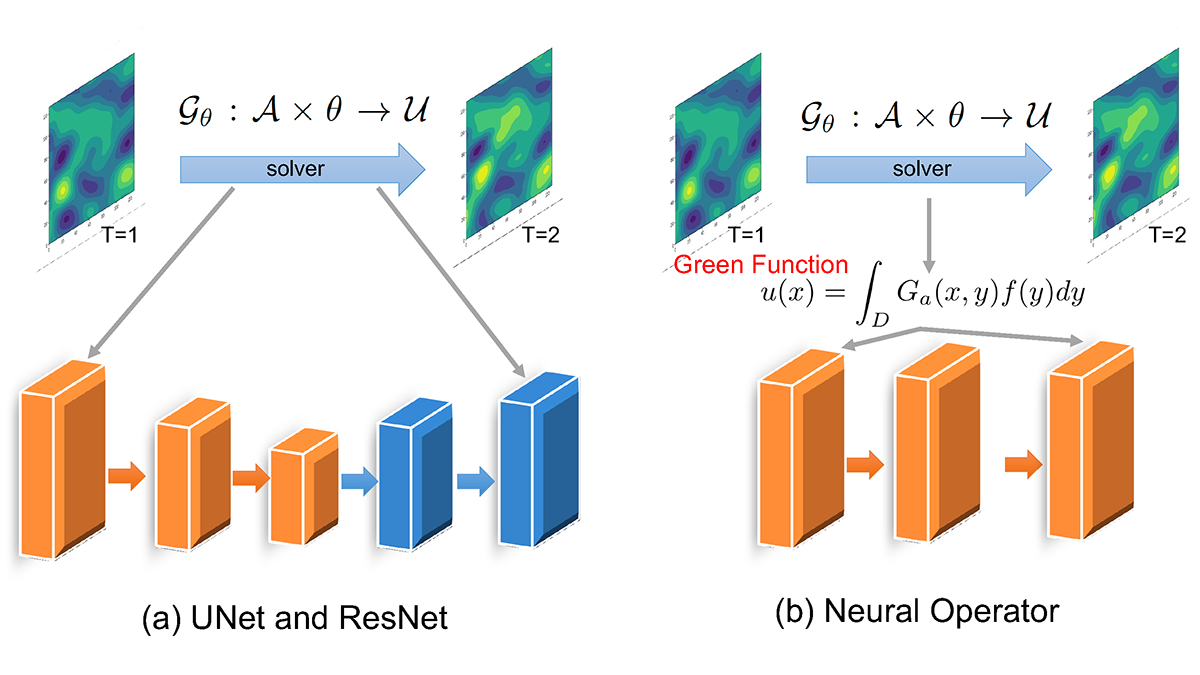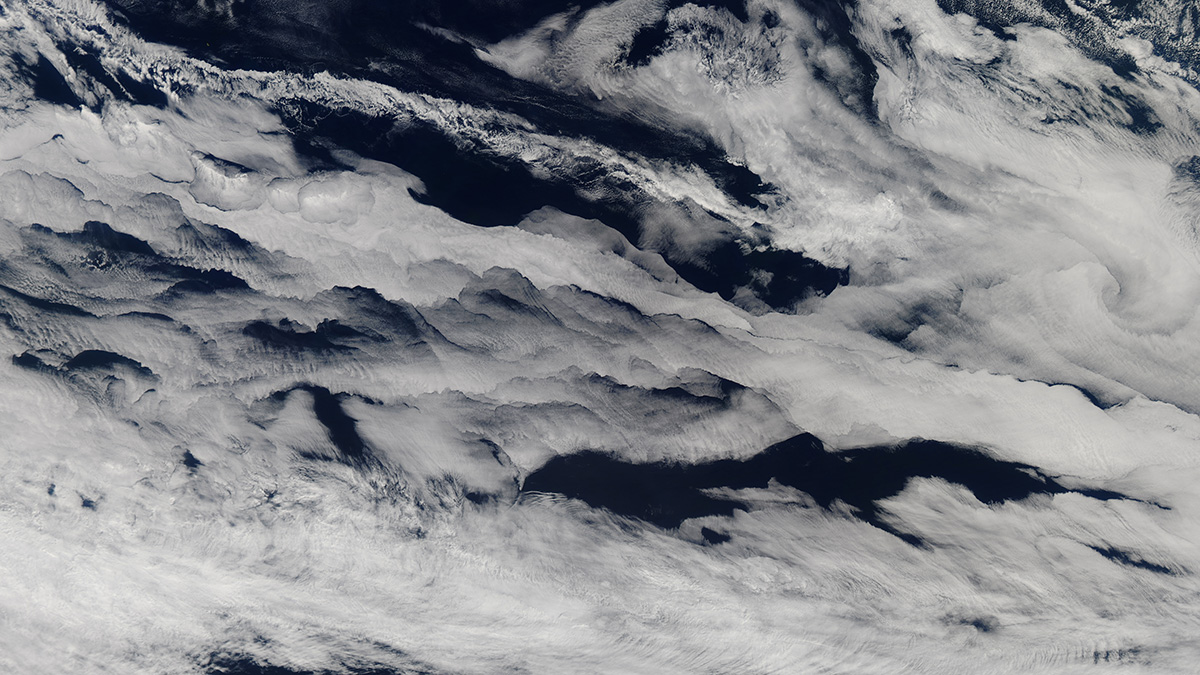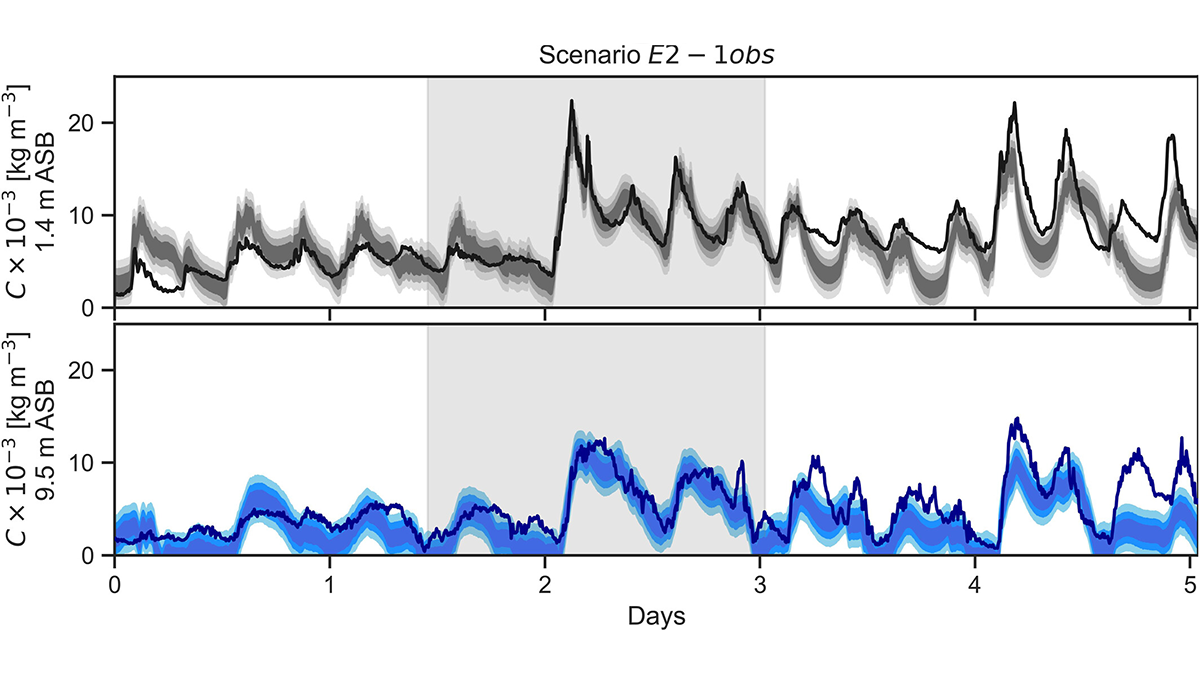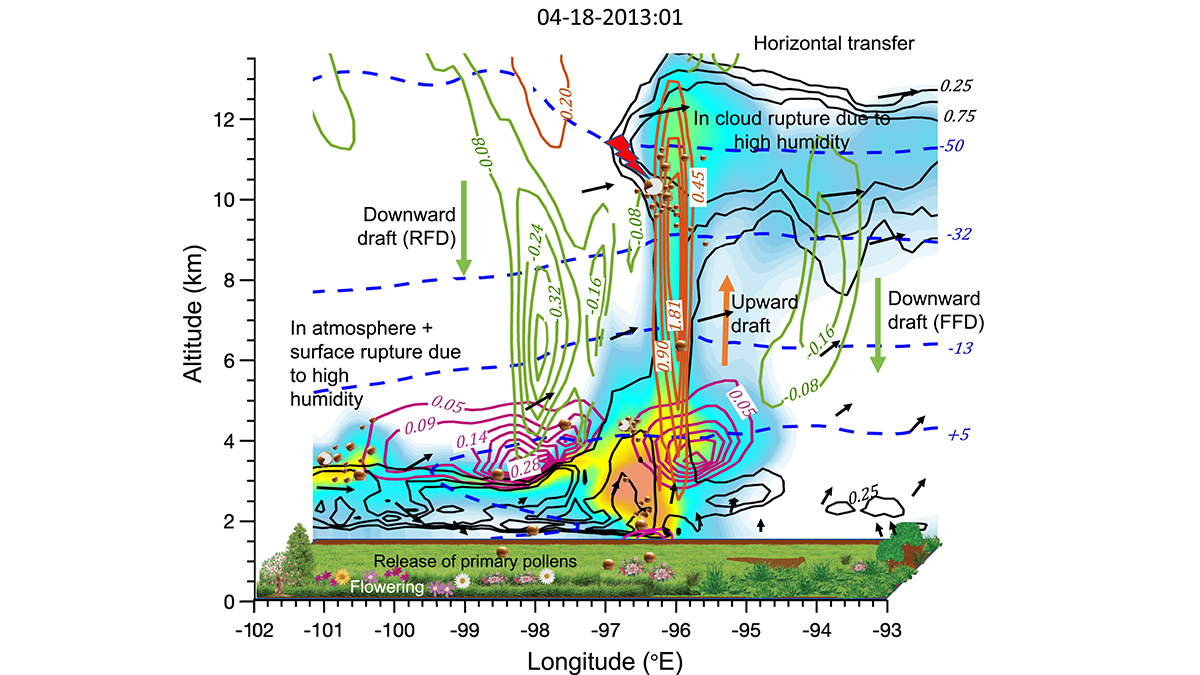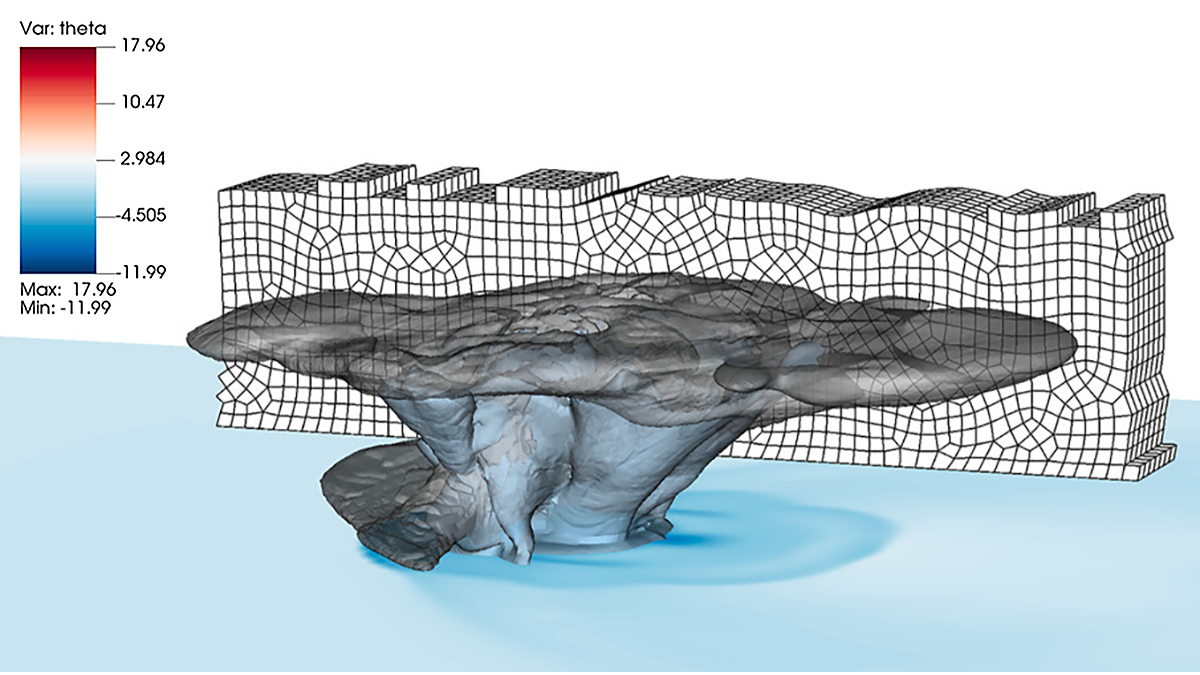Fourier neural operator solvers accurately emulate particle-resolved direct numerical simulations and significantly reduce the computational time by two orders of magnitude.
Journal of Advances in Modeling Earth Systems (JAMES)
Deep Learning Tackles Deep Uncertainty
A new method based on artificial intelligence could help accelerate projections of polar ice melt and future sea level rise.
Urban Greening Could Help Achieve Carbon Neutrality Goals
A new modeling framework highlights that urban greening is a sustainable solution to achieve environmental co-benefits in mitigating heat and carbon emissions.
Cumulus Cloud Botany in Large Domains
A new study provides a sample of shallow cumulus clouds simulated in domains 150-kilometers wide, enabling investigations of their structure and organization.
New Aerosol Model Better Represents Black Carbon Properties
An improved representation for black carbon microphysical and optical properties alleviates overestimations of aerosol absorption efficiency in global climate models.
Machine Learning Provides a Clearer Window into Ocean Motion
A new method could translate satellite information about sea surface heights into insights on current, heat flow, and—ultimately—climate change.
Family Trees Clarify Relationships Among Climate Models
A new genealogy based on similarities in the computer codes of different climate models could improve studies that combine projections from multiple models.
Using Bayesian Inference to Improve Sediment-Transport Models
A new Bayesian approach is used for the estimation and uncertainty quantification of unobservable parameters required to model tracer evolution in ocean sediment transport and tracer concentrations.
Simulating the Journey of Pollen in the Atmosphere
A new study couples an emission and transport scheme of pollen from vegetation, and explores pollen’s evolution in different atmospheric conditions and its impacts on clouds and precipitation.
Simulating Clouds on Arbitrary Grids in Any Spatial Direction
A new non-column based spectral element implementation of cloud microphysics enables full 3D flexibility in computing clouds and improves computational efficiency.

